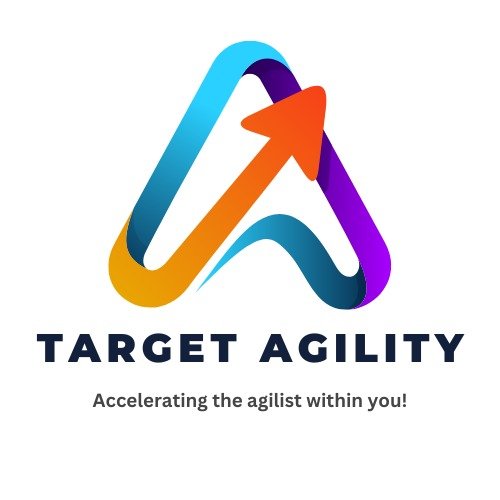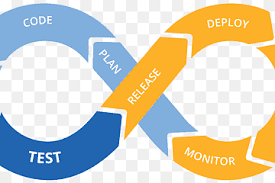Agile is a popular way to manage projects because it helps teams adapt quickly, collaborate better, and deliver results faster. But just following Agile isn’t enough—using the right best practices is essential for success. Here are some simple and effective tips to help Agile teams work smarter, produce better products, and stay on track.
1. Work as a Team: Developers and Testers Together
In the past, developers and testers worked separately, which caused delays and communication problems. Agile encourages them to collaborate from the start.
Tips:
- Build Cross-functional Teams: Include developers, testers, and designers in the same team.
- Early Tester Involvement: Get testers involved during the planning phase to catch problems early.
- Work Side by Side: Have developers and testers work together to spot and fix issues quickly.
This teamwork approach helps finish tasks faster and with fewer mistakes.
2. Focus on Quality from the Beginning
Quality isn’t just the job of the QA (Quality Assurance) team; it’s everyone’s responsibility. Waiting until the end to test products causes delays and problems.
Tips:
- Test Continuously: Run tests often to catch bugs early.
- Start Testing Early: Test during the planning stage to spot problems before coding starts.
- Mix Manual and Automated Testing: Use both approaches to catch different types of problems.
- Use Automation Tools: Set up tools to run tests automatically for faster results.
These practices help teams deliver better products without slowing down.
3. Use Continuous Integration and Delivery (CI/CD)
CI/CD means constantly integrating code changes and delivering updates to users quickly. This approach reduces risks and makes it easier to fix problems.
Tips:
- Automate Everything: Set up pipelines to handle code builds, tests, and deployments automatically.
- Commit Code Often: Encourage developers to share updates frequently to avoid conflicts.
- Review Code: Use automated tools to check for errors and ensure quality.
- Monitor Systems: Keep an eye on the system to catch issues early.
CI/CD makes it easier for teams to deliver features and fixes faster.
4. Plan Sprints and Refine Backlogs Regularly
Good planning keeps Agile teams focused and productive. Sprint planning and backlog refinement are key for clear priorities.
Tips:
- Plan Together: Include the whole team to set goals and discuss potential challenges.
- Update the Backlog Often: Keep the task list current and well-organized.
- Write Clear User Stories: Define tasks clearly so developers know what to do.
- Limit Discussion Time: Keep planning sessions focused and on schedule.
These practices help teams stay organized and aligned with business goals.
5. Keep Improving
Agile teams need to keep learning and improving through regular feedback.
Tips:
- Hold Retrospectives: After each sprint, discuss what worked and what didn’t.
- Act on Feedback: Turn feedback into specific actions for improvement.
- Track Performance: Use simple metrics to measure progress and spot issues.
- Share Knowledge: Encourage team members to share tips and lessons learned.
Continuous improvement helps teams stay competitive and effective.
Conclusion
Following these simple Agile best practices can help teams work better, deliver high-quality products, and meet goals efficiently. By focusing on teamwork, quality, automation, planning, and improvement, organizations can unlock the full benefits of Agile and achieve long-term success.











